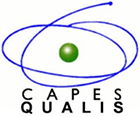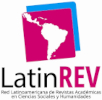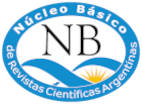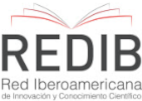The faces of the king
Some ideas on the power of portraiture in cinema
Keywords:
portrait, visual studies, period drama, Chilean cinema, mediumAbstract
This article invites us to think of the encounter between cinema and portraiture as a unique intersection where image and society, the individual and the collective, come together and seem to find a dialogue, an exchange. For this reason alone, the portrait would be of interest to think about visual culture, but also, in the historical narrative that contemporary cinema concretizes, it has a special value linked to rewriting and the power of the imagination linked to the audiovisual narrative of the past. A portrait is a testimony that confirms the existence of a life, as well as proposing an approach to unspoken discourses, assimilated in the image of the person portrayed, about ethnicities, socio-economic differences, sexual genders, cultural diversity.
I propose to consider Niles Atallah's film Rey (2017) as a kaleidoscopic portrait of Orélie Antoine de Tounens, a film that, through the conjunction of different "media of the body", shows multiple selves of the portrayed: faces, landscapes, masks congregate as possibilities of memory, imagination and fantasy from which cinema can bring closer, hallucinate and expand the past.
Downloads
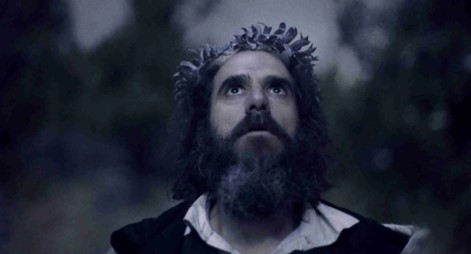
Downloads
Published
How to Cite
Issue
Section
License
Copyright (c) 2025 María Fernanda Alarcón

This work is licensed under a Creative Commons Attribution-NonCommercial-NoDerivatives 4.0 International License.
Imagofagia adhiere a las diferentes iniciativas que promueven el acceso libre al conocimiento, por lo que todos los contenidos de la revista son de acceso libre y gratuito según la política de Creative-Commons de tipo Reconocimiento-NoComercial-SinObraDerivada 4.0.
Los autores conservarán la propiedad intelectual de los trabajos y concederán a Imagofagia el derecho de su primera publicación bajo las condiciones de dicha política. El envío de cualquier colaboración a la revista implica la aceptación de lo establecido en este documento y la autorización al Comité Editorial para incluirlo en su página electrónica, reimpresiones, colecciones y en cualquier otro medio que permita lograr una mayor y mejor difusión de la publicación.
Luego de su publicación en Imagofagia, los autores podrán republicar sus trabajos o distribuirlos libremente en forma electrónica mencionando su aparición inicial en esta revista.





